Ph meters
A pH meter consists of three parts: a pH measuring electrode, a reference electrode, and a high input impedance meter. The reference electrode has a known, constant and stable potential.
The pH electrode can be considered as if it were a battery, with a voltage that varies according to the pH of the measured solution. The electrode that measures pH is a glass bulb sensitive to hydrogen ions, with an output in millivolts that varies according to changes in the relative concentration of hydrogen ions inside and outside the bulb. The output of the reference electrode does not change with the activity of the hydrogen ions.
The pH electrode has a very high internal resistance, which makes it difficult to measure the voltage variation with pH. Therefore, the impedance of the pH meter input and leakage resistances are important factors.
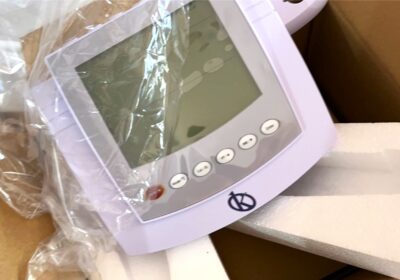
Types of pH meters a Laboratory may need
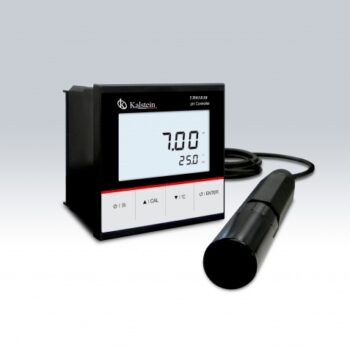
Industrial pH controller
A pH meter or pH meter is an instrument used to measure the acidity or alkalinity of a solution. The information provided by this equipment expresses the degree of acidity of an acid or a base in terms of the activity of the hydrogen ions.
The pH is the unit of measurement that describes the degree of acidity or alkalinity and is measured on a scale ranging from 0 to 14. An approximate indication of pH can be obtained using pH indicators or tapes, which change color depending on the variation of the pH level, but these indicators present limitations in terms of accuracy and can be difficult to interpret correctly in dark or colored samples, and this error can be corrected extensively through the use of a pH meter.
Table pH meters
The pHmeters measure the voltage levels between two electrodes, and show the converted result in a pH value that corresponds to the liquid being analyzed. The operation of a pHmeter is performed through an electrochemical cell mechanism, where the H+ in the chemical reaction allow to determine the concentration of them in solution. When measuring pH with a pH meter, a reference and a measuring electrode are used, which is sensitive to analytes.
A pH meter acts as a high impedance amplifier that accurately determines electrode voltages however minimal they are and displays the results directly in pH units on an analog or digital display. In some cases, the stresses can also be interpreted for special applications or use with selective ion electrodes or oxidation/reduction potential.

In Kalstein you can find the ideal pH meters for your Laboratory
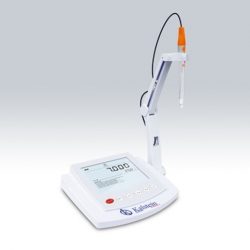
Benchtop pH Meter YR01826
Precision benchtop pH/ion meter, 1 to 5 points calibration, selectable concentration units. The meter is suitable for measuring the pH, ORP and ion concentration...
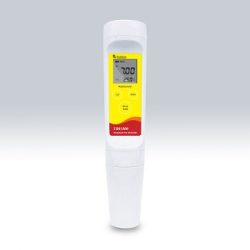
Pocket pH Meter – ° C / ° F YR01800 – YR01800-1
High-accuracy pocket pH meter, 1 to 3 points calibration, setup menu contains 5 options. The tester is...

YR01822 Benchtop pH Meter
Classical benchtop pH meter, 1 to 3 points calibration, Automatic Temperature Compensation, setup menu contains 5 options, accuracy: 0.01pH...
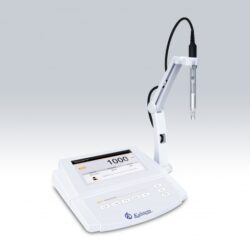
YR01825 Benchtop pH / Ion Meter
Professional pH and ion meter, 2 to 5 points calibration, setup menu contains 20 options. The meter is ...
Our Best Selling pH Meters
Digital pocket pH meter, Manual Temperature Compensation. The tester comes with a plastic body pH electrode for outdoor applications, accuracy: 0.01pH.
Features
• BNC connector is capable of connecting the different types of pH electrodes.
• 1 to 3 points calibration with auto-buffer recognition.
• Manual temperature compensation allows adjusting the temperature value.
• Auto-Read function senses and locks the measurement endpoint.
• Auto-Power Off effectively conserves battery life.
• Setup menu allows setting the pH buffer group, number of calibration points, temperature
unit, etc.
• Reset function automatically resumes all settings back to the factory defaults.
| Model | YR01804 |
| Range | -1.00 to 15.00pH |
| Resolution | 0.01pH |
| Accuracy | ±0.01pH |
| Calibration Points | 1 to 3 points |
| pH Buffer Options | USA (pH4.01/7.00/10.01), NIST (pH4.01/6.86/9.18) |
| Temperature Compensation | 0 to 100°C/32 to 212°F, manual |
| Hold Function | Manual or auto-endpoint |
| Auto-Power Off | 8 minutes after last key pressed |
| Connector | BNC |
| Display | Dual-line LCD (21×21mm) |
| Power | 2×1.5V AAA batteries |
| Battery Life | Approximately 200 hours of continuous use |
| Dimensions | 175(L)×40(Dia.)mm |
| Weight | 100g |
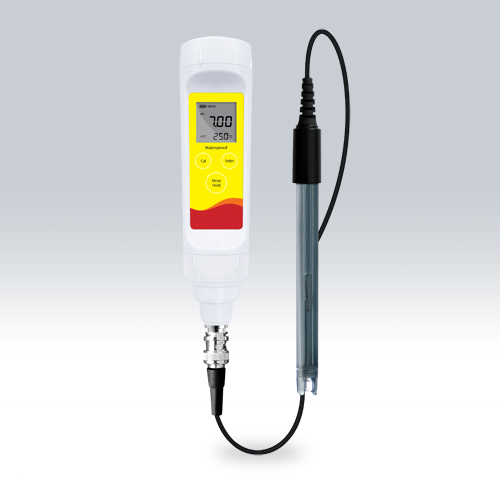
Analysis of the best pH meters for your Laboratory

What is pH and how is it measured?
pH is the unit of measurement that describes the degree of acidity or alkalinity and is measured on a scale ...
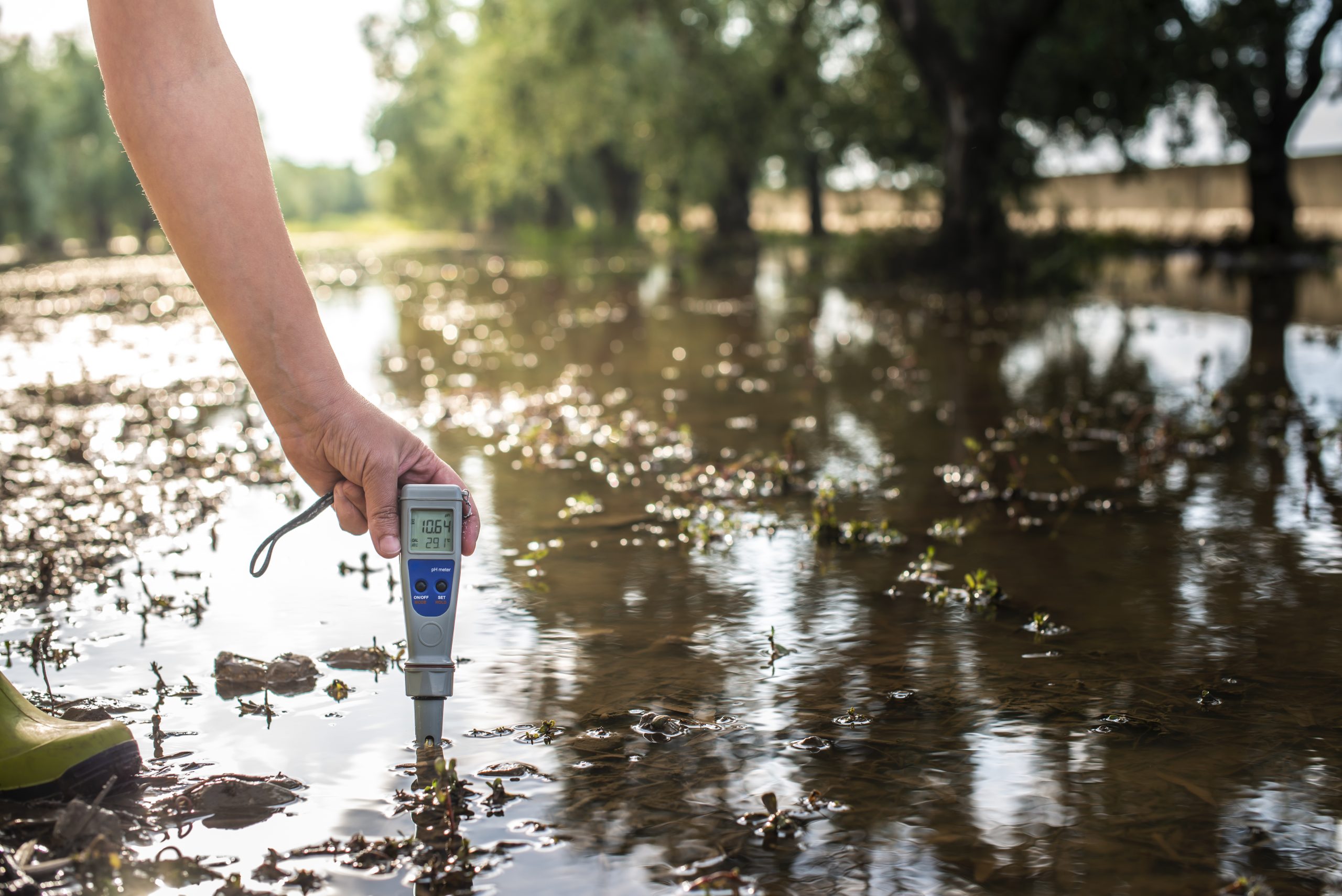
How does a pH meter work?
A pH meter or pH meter is an instrument used to measure the acidity or alkalinity of a solution. The information provided by this equipment expresses the degree ...
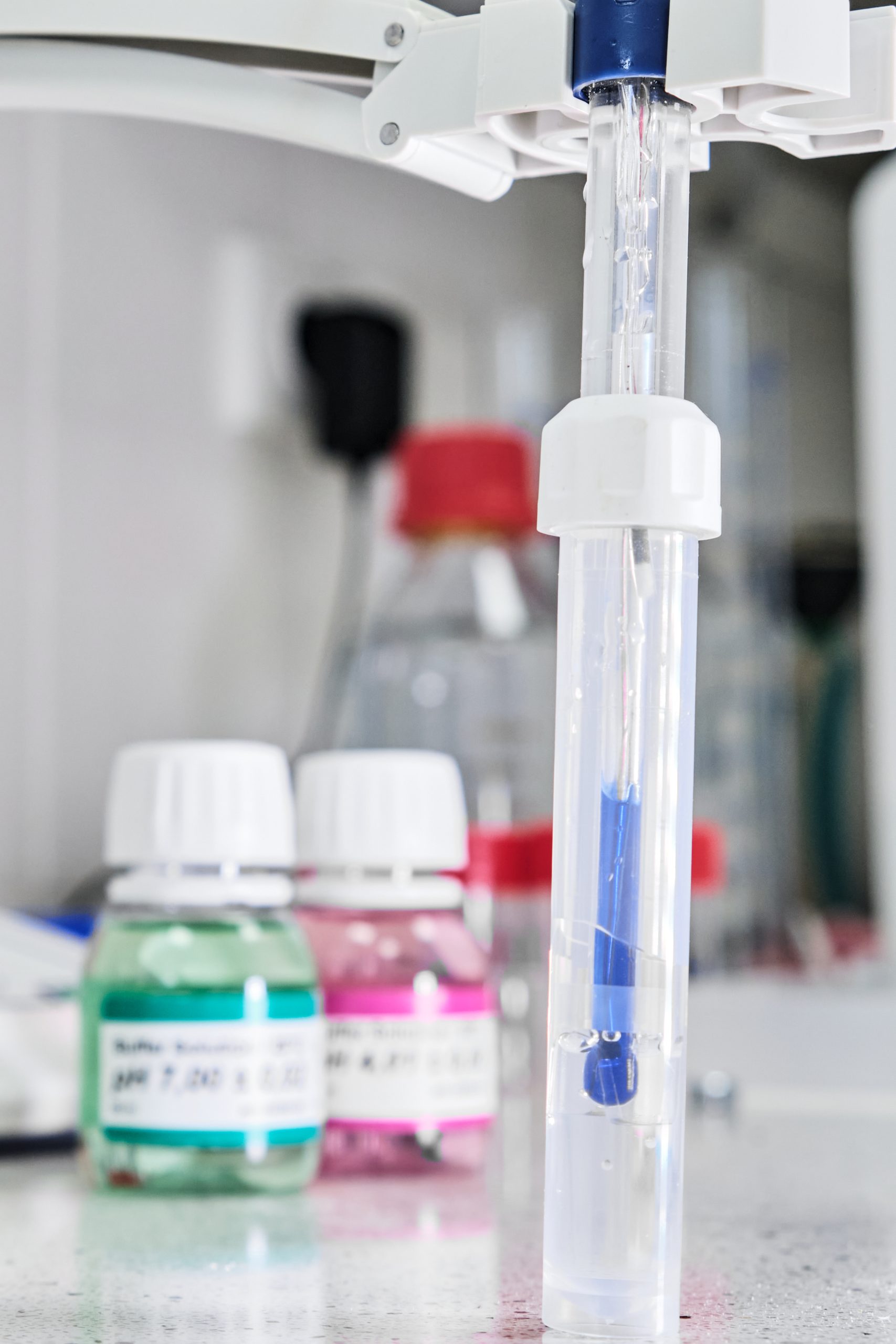
Importance of pHmeter in a laboratory
A pH meter is one of the most used equipment in a laboratory. It is used to measure the acidity or alkalinity...
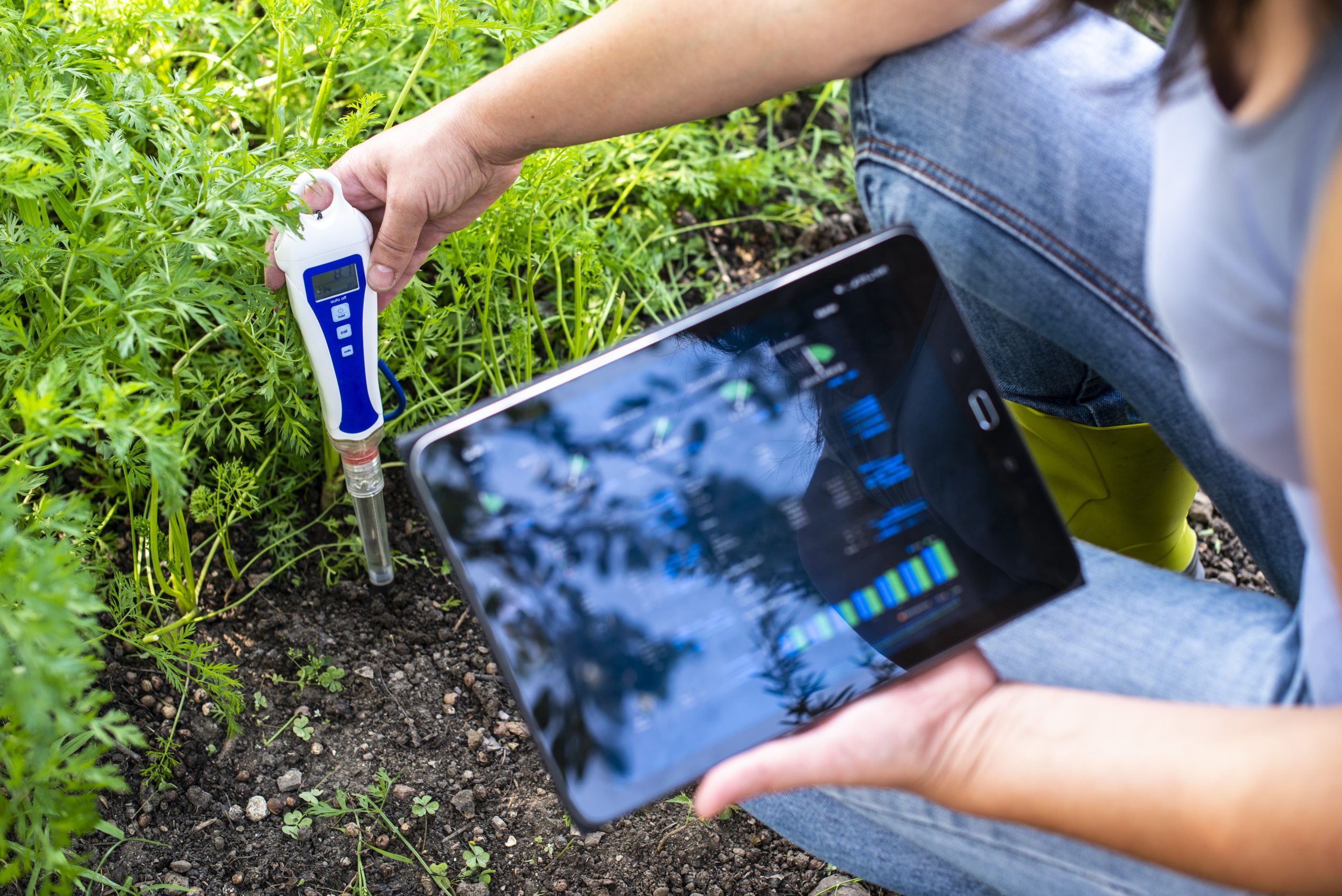
pH meter or pH meter: How should it be used?
A pH meter is an instrument used to measure the acidity or alkalinity of a solution. The information provided...
Catalog of pH Meters models on offer
-
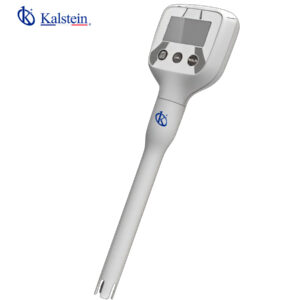
Pocket pH Meter – ° C / ° F YR01800 – YR01800-1
Select options This product has multiple variants. The options may be chosen on the product page -
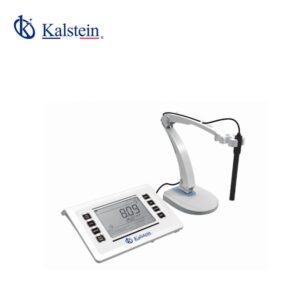
PH Meter YR01821
-

Benchtop pH / Ion Meter YR01826
-

YR01825 Benchtop pH / Ion Meter
-
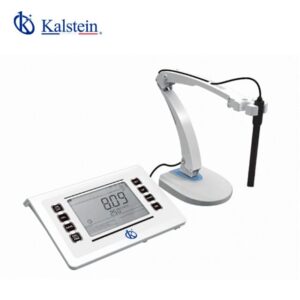
YR01822 Benchtop pH Meter
-
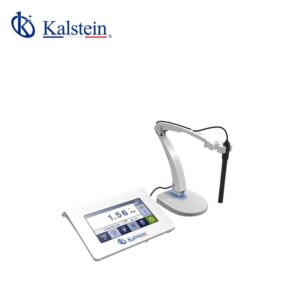
YR01823 Benchtop pH Meter
Guides to becoming an expert in pH Meters
pH meter or pH meter: How should it be used?
A pH meter is an instrument used to measure the acidity or alkalinity of a solution. The information provided by this...
What are the steps to use and calibrate a meter?
It is important to follow the instructions and recommendations of manufacturers for the use and calibration of a phmeter...
pH meter, water pH, milk pH, and human body pH
PH is a parameter used to measure the concentration of the hydrogen ion [H +] in a solution. In definition pH, it is the negative...
Use of the PH meter to determine the degree of reduction of a sample
The pH meter is used to determine the degree of decline of a sample. This is important because it indicates the amount of acid or base in the sample and determines the degree of contamination. Likewise, it measures the concentration of H+ ions in a sample....

Frequently Asked Questions about pH Meters
How to know the prices of pH Meters?
To know the price of pH meters we invite you to send us an email with your request through the contact form..
What are the delivery times of the pH Meters?
- If the equipment of your interest is in stock or if it must be manufactured.
- The type of freight you have chosen, this may be; air or sea.
How to make a purchase of pH Meters?
- By email: [email protected]
- By telephone: +33 (0) 1 78 95 87 02
- E-commerce: Via Kalstein's official website in your country.
How does the warranty work?
Can I request a quote online?
Of course, you can request a quote for the Kalstein team of your interest, directly from our official website. Once you have identified your preferred model, click HERE
